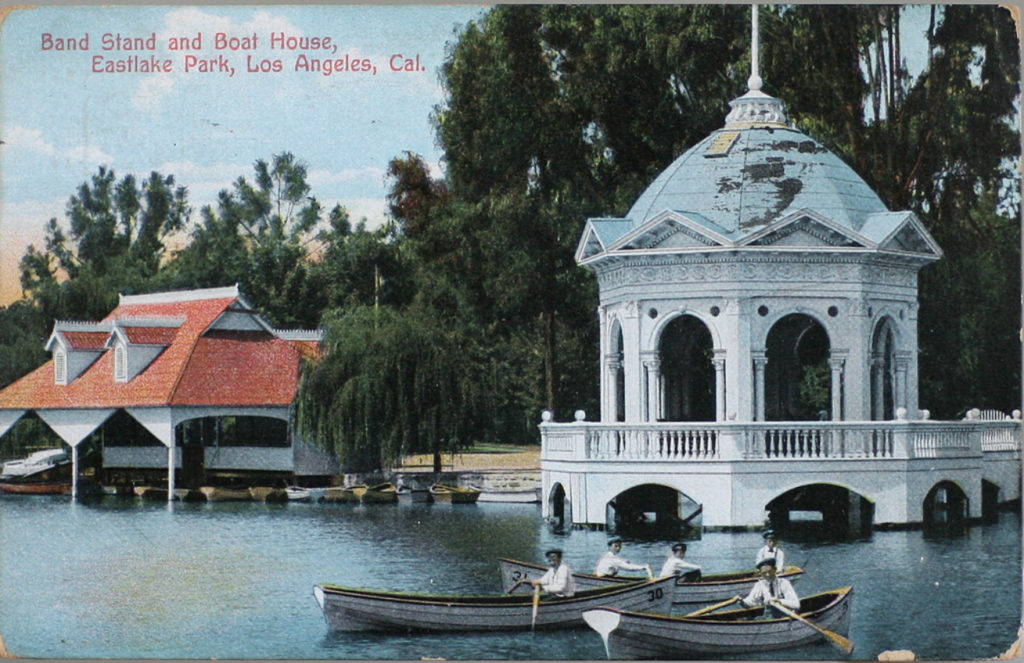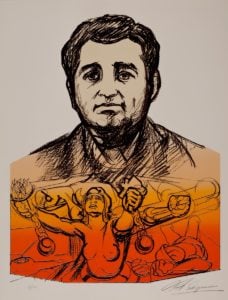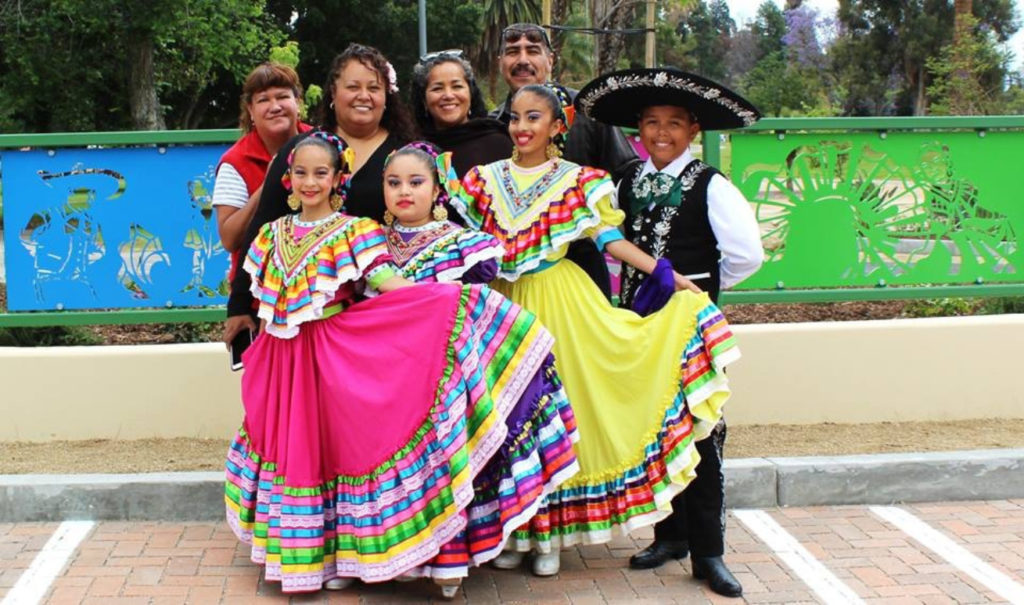Plaza de la Raza translates to Place of the People, but in a true sense, it is also by the people, and for the people too. Its multidisciplinary, all-ages performing and visual arts coursework and public programs occupy a historic headquarters in a renovated 1912 boathouse augmented with original construction in Lincoln Park (once known as Eastlake Park), on Mission Avenue northeast of downtown. Their instructions in visual art, dance, music and theater — offered at all levels, from novice to advanced “conservatory level” — make up the only such school serving the neighborhoods of L.A.’s Eastside.
But of course, like society itself, the importance of Plaza de la Raza is about more than the arts; it is a powerful symbol of living history and community autonomy as it also supports civic activism and advocacy on behalf of the neighborhood — especially its kids. Their original and hosted events and status as a natural gathering place for both celebration and demonstration touch on issues from immigration policy, voting and civil rights to gentrification, literature and food. Plaza’s array of exuberant heritage traditions have come to exemplify the best, most vibrant parts of L.A.’s pluralistic uniqueness as a city.
Plaza’s poetic origin story has the cinematic ring of apocrypha. In 1970, when, as their materials recount, “With little more than a decayed boathouse and a purpose in their lives, Margo Albert, an actress, and Frank Lopez, a trade union activist…” had an almost divine spark of inspiration.

Lincoln Park was once known as Eastlake Park (Courtesy of Plaza de la Raza)
The old boathouse in Lincoln Park was built in 1912, but later fell on hard times and was slated for demolition (indeed, the entire park faced closure) in 1969. But Lopez, Albert and a small but passionate group of local residents had a better idea, and by spring of 1970 the city had agreed in principal to their plan to establish Plaza de la Raza. The same year, they incorporated — and here’s where it reads like a screenplay again — the nonprofit registration fee of $36 was, “raised by Ann Lopez, wife of union activist Frank Lopez…by knitting a poncho and selling it for $36.”

David Alfaro Siqueiros. Heroic Voice
Since then a lot of other magic has been at work at the site — but it’s all true — and from almost the moment the city of Los Angeles officially handed Plaza de la Raza an initial 25-year lease, classes began, even in the park “under the trees” while the school’s new buildings were being constructed. A powerful and telling moment came early in the Plaza story, when in 1971 David Alfaro Siqueiros portrayed murdered journalist Ruben Salazar in the piece “Heroic Voice” and donated it to the Plaza, setting a clarion tone for the support of ambitious important art as well as for fearless political engagement, the value of protest and community closeness, and the central role of arts and journalism in a healthy democracy.

Students of traditional dance at Plaza de la Raza (Courtesy of Plaza de la Raza)
Their 1987 Frida Kahlo exhibition will always hold a place of distinction as being the first solo exhibition of Kahlo’s work in Los Angeles, and for welcoming more than 30,000 visitors to experience it. In addition to their school and original public programs, Plaza hosts eclectic engaged events like July’s Concha-Con, loads of outdoor concerts, and of course, La Bulla and El Velorio — Antonio Pelayo’s annual art and mayhem spectaculars. L.A. Weekly is honored to help present this weekend’s Lucha Libre-themed art and music festival, and we are already looking forward El Velorio’s Día de los Muertos exhibition in October.
But first, La Bulla. A major part of why Antonio always does these cultural events at the Plaza is just simply what a well-appointed, uniquely styled outdoor location it is. It is a true oasis in the urban sprawl and worth noting that part of Plaza’s contribution to the area beyond its own programs has been the rejuvenation of the park itself as a place to want to be, and a natural place to throw a multidimensional party. But for Pelayo, another factor as been that by having the events at the Plaza, it affords everyone the ability to contribute to its economy. For example, proceeds from the art sale, as well as from ticket and bar takes, will directly benefit the school.

La Bulla artist masks (via Instagram)
On Saturday, June 22 from 6 p.m.-2 a.m., La Bulla will offer a kaleidoscope of entertainment, including Lucha Libre headliners Tinieblas Jr. and Alushe, live music from El Conjunto Nueva Ola, Sergio Arau and Los Mex, DJ ChrisRox, Decalifornia, DJ Oskr, and emcee Ozzy Ramirez. There’s also a car club show featuring Uniques and curated by Rafa Pelayo, a fashion show by Wardrobe Divas and, of course, food.
But just to make sure every part of every sense gets tickled, a major highlight of the night is an art show curated by Pelayo and the artist Vyal Reyes, in which over 100 artists were each given identical wood panels carved in the shape of a luchador mask, and asked to do literally whatever they want. The range of responses is breathtaking in its eclecticism, ranging from the whimsical to the perfectionist, conceptual, abstract, political, feminist, romantic, cartoonish, and edgy. All are for sale, and as mentioned, about half that money goes directly to the Plaza. Just a few of the artists taking part are Jorge Gutierrez, Lalo, Vyal, Man One, Reyna Espinoza, Salomon Huerta, and actor David Arquette, who is, oddly enough, a pretty good painter.
Plaza de la Raza, 3540 N. Mission Road, Lincoln Heights; plazadelaraza.org.

David Arquette for La Bulla

Jorge Gutierrez for La Bulla

Reyna Espinoza for La Bulla
Advertising disclosure: We may receive compensation for some of the links in our stories. Thank you for supporting LA Weekly and our advertisers.

